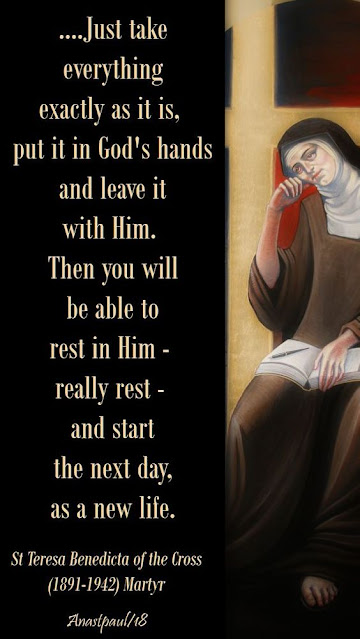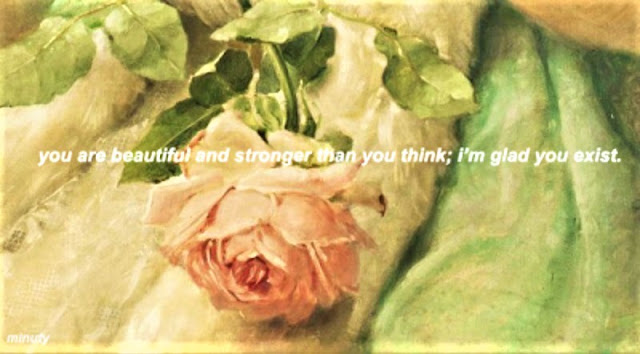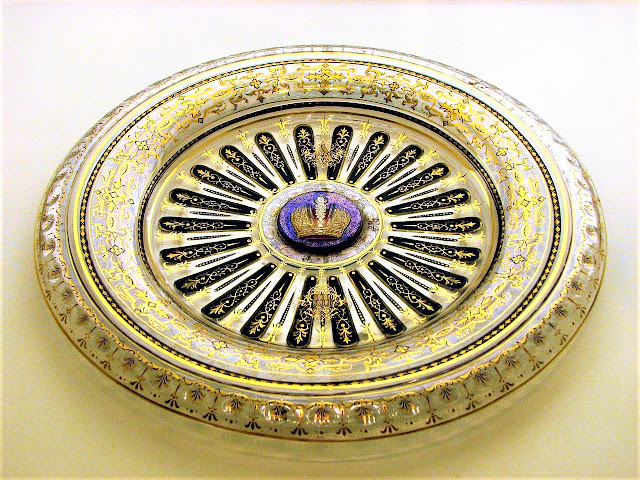April 11: Saint Stanislaus, Bishop and Martyr—Memorial1030–1079
Patron Saint of Poland, soldiers in battle, moral order
Canonized by Pope Innocent IV on September 17, 1253, in Assisi Italy
Liturgical Color: Red (Purple if Lenten Weekday)
Just as a baptized person comes to Christian maturity by means of this sacrament of Confirmation, so Divine Providence gave to our nation, after its Baptism, the historical moment of Confirmation. Saint Stanislaus, who was separated by almost a whole century from the period of the Baptism and from the mission of Saint Adalbert, especially symbolizes this moment by the fact that he rendered witness to Christ by his own blood. ~1979 homily of Saint John Paul II in Poland
In 966, Mieszko I, duke and ruler of Poland, along with many others in his ruling court, converted to the Catholic faith. Their conversion marked the beginning of what is often referred to as “The Baptism of Poland.” In the years that followed, many more conversions took place throughout the land, especially through the efforts of missionary bishop Saint Adalbert. Just over a century later, another significant event took place in Poland. The Archbishop of Krakow, Stanislaus of Szczepanów, was brutally martyred by King Bolesław II. In 1979, Pope Saint John Paul II, the former Archbishop of Krakow himself, referred to Saint Stanislaus’ martyrdom analogously as “Poland’s Confirmation” (see above).
Very little is known about Saint Stanislaus for certain since his first biography was not written until more than a century after his death. Nonetheless, his influence upon Poland has been great. He is believed to have been born and raised in southern Poland, in the village of Szczepanów. His town and the surrounding area stood out from the rest of Poland for their unique culture, architecture, traditional costumes, dances, food, and dialect. The capital and largest city of the territory was Krakow. His parents were prominent and wealthy, as well as devout and charitable. For most of their marriage, they were without children. When his mother conceived Stanislaus later in their lives, his parents saw their child as a gift from Heaven.
As a youth, Stanislaus became very devout, charitable toward the poor, fervent in mortifications, and dedicated to growth in virtue. As a young man, it is believed that he was sent to study in the then capital of Poland, Gniezno, and later completed his theological studies in Paris. After his parents died, Stanislaus received a huge inheritance, which he immediately gave to the poor. He was ordained to the priesthood by the Bishop of Krakow and appointed canon at the cathedral, became a well respected preacher, was later appointed as a pastor, and eventually became the Vicar General of Krakow, a position of great importance in the local church. When the Bishop of Krakow died, Stanislaus was chosen as his successor by popular acclaim. At first he refused the position, but on the explicit order of the pope, he accepted and was ordained a bishop around the age of forty-two.
As a bishop, Stanislaus vigorously preached against immoralities at all social levels. He even confronted the king. When he was met with opposition, he remained steadfast in his convictions. It is believed that, to help solve various ecclesiastical matters, he brought papal legates to Poland, reestablished the Diocese of Gniezno as an archdiocese, and worked with the king to found new monasteries to help with the ongoing efforts of evangelization.
At that time, Bolesław II was King of Poland. Legend has it that Bishop Stanislaus had purchased land for the church from a man named Piotr. After Piotr’s death, however, his three sons disputed the sale and took the matter to the king. The king, agitated with Bishop Stanislaus for condemning his immoralities, sided with the sons and ordered that the bishop return the property. Bishop Stanislaus is said to have asked for three days to produce Piotr as his witness of the sale. The king and his court laughed and gave him his three days. After three days of prayer and fasting, Bishop Stanislaus led a procession to the cemetery where Piotr’s body was exhumed and the bishop ordered him to rise, which he did. The group then proceeded to the king and Piotr testified that he did indeed sell the property, scolding his sons before returning to his grave.
Though King Bolesław enjoyed many honors as a successful military leader, he also continued to manifestly indulge in immoralities, such as lusts and heavy-handed cruelty to anyone who opposed him. Tensions continued to grow between the bishop and king. Eventually, after the king ignored the bishop’s warnings, Bishop Stanislaus excommunicated Bolesław. Outraged, Bolesław held a mock trial and found the bishop guilty of treason, punishable by death. When Bolesław’s soldiers refused to carry out the order, Bolesław himself slew the bishop with his sword while the bishop was celebrating Mass. The legend continues that after Stanislaus’ death, the soldiers were ordered to dismember the bishop’s body and scatter the pieces on the land to be devoured by wild beasts. Miraculously, eagles guarded the pieces until the canons of the cathedral were able to gather them and bury them properly. Outrage against Bolesław’s actions quickly reached a fever pitch in the kingdom, and the king had to flee to Hungary for safety where he died an unhappy death.
Saint Stanislaus has become a legend and inspiration for all of Poland for many centuries. Like many kingdoms throughout the ages, Poland has gone through times of division, later to be reunited once again. Through it all, Saint Stanislaus has been a guiding light to Poles and a source of hope when it was needed the most. There is little doubt that his martyrdom confirmed Poland as a Christian country, strengthening its people throughout the years to become true witnesses to Christ no matter the cost.
Ponder your own call to courageously lay down your life for the faith. When fear keeps you from fidelity, turn to prayer and seek to imitate Saint Stanislaus. Allow his prayers and witness to confirm you more firmly in the faith so that you will be a witness to those who need it the most.

























.jpg)
.jpg)


















.jpg)






